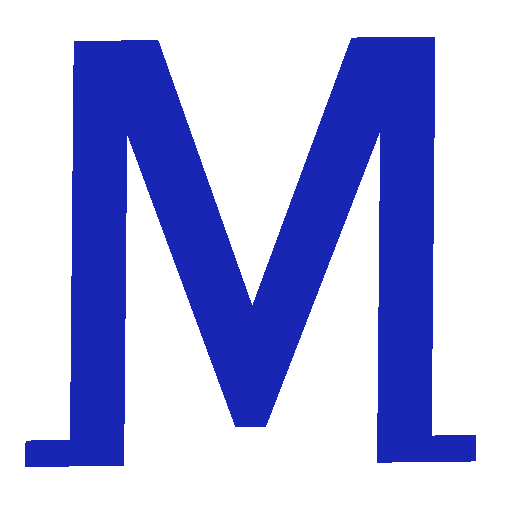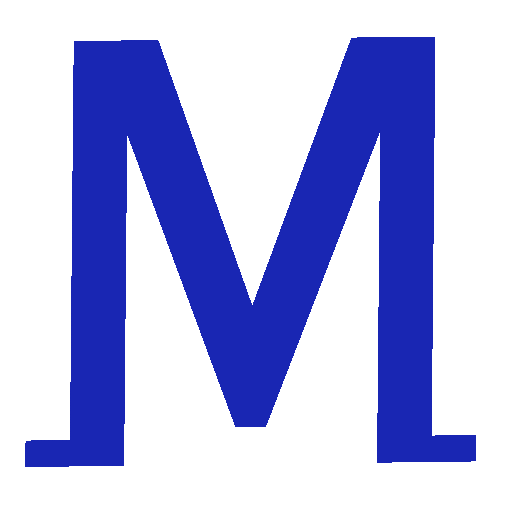Synonyms of Rearward describe movement or position toward the back, behind, or away from the front. The word “rearward” itself has an old-fashioned tone but conveys a clear sense of backward direction, whether referring to space, time, or sequence.
In writing, speakers often use Synonyms of Rearward to fit different tones—formal, descriptive, technical, or poetic. Whether you’re describing a soldier’s movement rearward, a car in reverse, or a glance into the past, choosing the right synonym ensures accuracy and flow.
This article explores 30 precise alternatives to “rearward,” complete with meanings, examples, and usage tips to help you express backward direction with confidence and style.
Synonyms of Rearward with Meanings, Examples, and Usage Tips
1. Backward
Description: Toward the back or in the reverse direction.
Example: “He took a step backward to avoid the splash.”
Usage: Most common modern substitute for “rearward”; neutral and versatile.
2. Behind
Description: At or toward the rear of something.
Example: “The garden lies behind the house.”
Usage: Everyday, spatial, or figurative use; less formal.
3. Back
Description: Referring to the rear position or reverse direction.
Example: “She looked back at the fading lights.”
Usage: Informal, simple, and clear; perfect for general writing.
4. Reverse
Description: The opposite or backward movement or direction.
Example: “The car rolled in reverse down the hill.”
Usage: Technical or mechanical contexts; neutral tone.
5. Backward-facing
Description: Oriented toward the rear.
Example: “The backward-facing seat offered a view of the road behind.”
Usage: Descriptive; literal spatial positioning.
6. Rear
Description: The back part of something.
Example: “The luggage compartment is at the rear of the bus.”
Usage: Common and direct; fits both formal and informal contexts.
7. Posterior
Description: Situated at the back of the body or structure.
Example: “The posterior part of the brain controls coordination.”
Usage: Medical, anatomical, or formal contexts.
8. Aft
Description: Toward the back of a ship or aircraft.
Example: “Passengers seated aft experience less turbulence.”
Usage: Nautical or aviation; technical and precise.
9. Astern
Description: Behind or toward the rear of a ship.
Example: “The dinghy was drifting astern.”
Usage: Maritime term; poetic or technical.
10. Abaft
Description: Toward the stern or rear of a vessel.
Example: “The lifeboats were stored abaft the main deck.”
Usage: Nautical; older or formal English.
11. Rearwardly
Description: In a direction toward the back.
Example: “The troops moved rearwardly to form a defensive line.”
Usage: Rare and formal; often in military or historical writing.
12. Backmost
Description: Farthest toward the rear.
Example: “He sat in the backmost corner of the classroom.”
Usage: Poetic or descriptive; emphasizes position.
13. Hindward
Description: Directed toward or located at the rear.
Example: “The hindward legs of the insect are larger for jumping.”
Usage: Literary or biological; less common but vivid.
14. Back end
Description: The farthest rear portion.
Example: “The back end of the warehouse was used for storage.”
Usage: Informal and spatial.
15. Retrospective
Description: Looking back on or directed to the past.
Example: “Her retrospective view of the project revealed several lessons.”
Usage: Figurative, for time or memory rather than physical space.
16. Receding
Description: Moving backward or away.
Example: “The receding waves left behind patterns in the sand.”
Usage: Descriptive or poetic; for gradual motion away.
17. Retrograde
Description: Moving backward in position or behavior.
Example: “The planet appears retrograde during certain parts of its orbit.”
Usage: Scientific or formal; conveys reverse motion or decline.
18. Reversed
Description: Turned in the opposite direction.
Example: “The reversed order confused the audience.”
Usage: Neutral; good for process, sequence, or mechanical use.
19. Backtrack
Description: To move or turn back along the same path.
Example: “They had to backtrack after missing the trail.”
Usage: Informal or figurative; implies retracing.
20. In arrears
Description: Positioned or falling behind schedule.
Example: “The payments are in arrears by two months.”
Usage: Figurative, financial, or chronological; not spatial.
21. Retrogressive
Description: Moving or tending backward to a less advanced state.
Example: “The policy marked a retrogressive step in equality.”
Usage: Formal, abstract, or social contexts.
22. Pastward
Description: Toward the past or earlier time.
Example: “He cast a pastward glance, remembering his youth.”
Usage: Literary and poetic; figurative time-based synonym.
23. Backward-bound
Description: Heading or directed backward.
Example: “The backward-bound vehicle blocked the narrow road.”
Usage: Descriptive; modern adaptation of rearward motion.
24. Toward the rear
Description: Moving in the direction of the back.
Example: “The soldiers regrouped toward the rear.”
Usage: Neutral; easy alternative in descriptive writing.
25. In reverse
Description: Moving or operating backward.
Example: “The gear jammed while the car was in reverse.”
Usage: Common, clear, and modern; often mechanical.
26. Back-located
Description: Situated toward the rear section.
Example: “The back-located compartments hold emergency supplies.”
Usage: Technical or architectural; not poetic.
27. Recoiling
Description: Moving or springing backward from force or emotion.
Example: “He recoiled at the sight of the damage.”
Usage: Dramatic or emotional; more figurative.
28. Set back
Description: Positioned farther behind or delayed.
Example: “The house was set back from the main road.”
Usage: Everyday use; spatial or metaphorical.
29. Withdrawn
Description: Moved back or pulled away.
Example: “The troops had withdrawn to safer ground.”
Usage: Figurative or military; more formal.
30. Retreated
Description: Moved away from danger or to a rear position.
Example: “The army retreated to its rearward base.”
Usage: Military, formal, or metaphorical contexts.
How to Choose the Right Synonym
Choosing the best synonym for rearward depends on the context and tone you wish to express:
- Spatial/Directional Use: Words like behind, backward, aft, and rear work for describing position or motion.
- Military or Historical Writing: Prefer rearwardly, retreated, hindward, or toward the rear for an authentic tone.
- Figurative or Temporal Use: For describing the past or regression, use retrospective, retrograde, pastward, or retrogressive.
- Casual/Modern Use: Choose back, set back, backtrack, or in reverse for clarity in everyday writing.
- Formal or Scientific Use: Words like posterior, reversed, and retrograde convey precision and professionalism.
Cultural nuance also matters: in modern English, rearward sounds formal or archaic, suitable for literature, military history, or poetic expression. For general audiences, backward or behind communicates the same idea more naturally.
Conclusion :
Exploring the Synonyms of Rearward helps you express backward movement, position, or reflection with greater precision. From simple terms like behind and backward to formal words like posterior and retrograde, each synonym adds nuance and style to your writing.
Choosing the right word depends on your tone and context—technical, literary, or conversational. By mastering these Synonyms of Rearward, you enrich your vocabulary and bring clarity, depth, and accuracy to every description of direction or motion.





